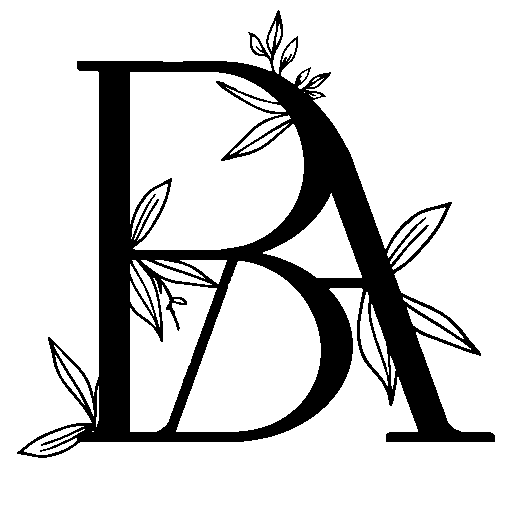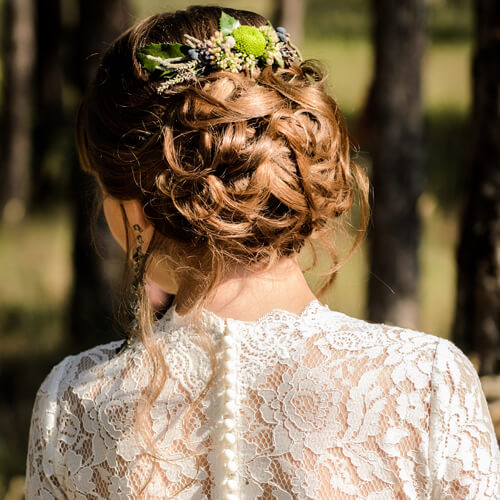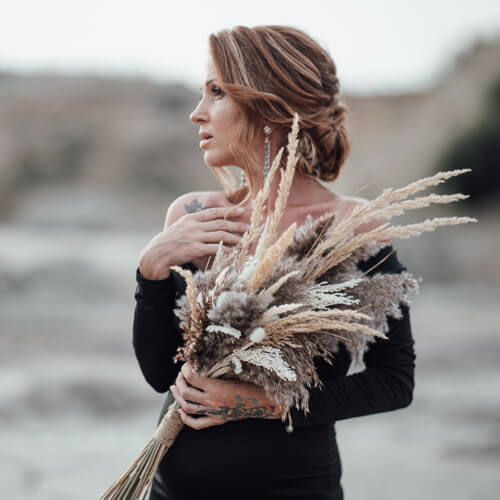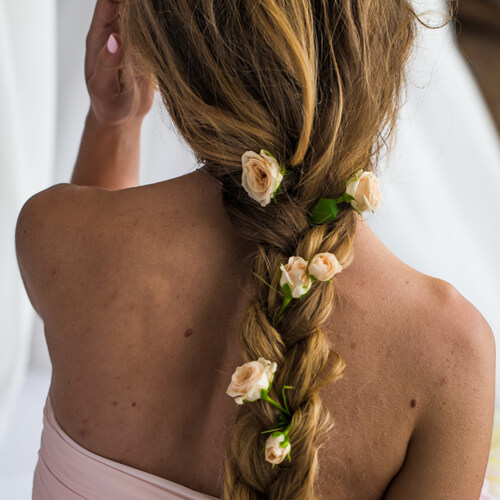Ancient apothecary bottles clink softly as wisdom distills in amber vials…
In the hushed sanctuary of the bibliophile’s apothecary, where pressed flowers preserve stories between their petals and morning light filters through bottles of captured inspiration, we shall explore the delicate art of crafting Bookstagram imagery. Like a patient herbalist tending their medicinal garden, we must cultivate each photograph with intention and care.
The Herbalist’s Workspace: Preparing Your Natural Sanctuary
Before gathering your visual specimens, create a space where organic beauty may flourish. Clear a table near a window where light dapples like sun through forest canopy, creating that sacred atmosphere where literature and nature intertwine.
Essential elements from the naturalist’s collection:
- A clean wooden surface (your botanical work table)
- Filtered sunlight (morning’s gentle rays or afternoon’s golden tincture)
- Natural props (dried herbs, seed pods, vintage botanical prints, old glass bottles)
- Your book—the centerpiece of this literary terrarium
The morning glory vines whisper their approval as they curl around the windowsill
The Botanical Arrangement: Cultivating Visual Harmony
Like creating a healing poultice where each herb serves its purpose, the art of flatlay photography requires understanding how elements complement one another. Your book becomes the rare bloom around which a careful ecosystem develops.
Consider your composition garden:
- Place your book as the specimen at heart
- Surround it with carefully chosen natural elements:
- Dried flowers that echo your cover’s hues
- Smooth river stones for grounding energy
- Antique keys or vintage spectacles for storytelling texture
- Sprigs of herbs—lavender for tranquility, rosemary for remembrance
- Allow breathing space between elements, like paths through a wild garden
Remember: odd numbers of objects please the eye, like wildflowers scattered by nature’s own hand
Tending the Light: Nature’s Own Illumination
Light is the master gardener’s most essential tool, transforming ordinary scenes into extraordinary moments. Seek that soft, diffused radiance that makes morning gardens glow with inner life.
For indoor photography:
- Position your arrangement near north-facing windows for consistent, gentle light
- Use sheer curtains as natural diffusers, softening harsh rays into botanical gentleness
- White cardboard can reflect light like clouds bouncing sunshine back to earth
- Avoid midday’s harsh glare that bleaches delicate colors and creates sharp shadows
The best light arrives in those liminal hours—early morning or late afternoon—when the sun paints everything in honey and gold
The Naturalist’s Eye: Styling with Organic Intention
Each photograph should feel like peering into a naturalist’s private study, where treasured books rest among collected specimens and careful observations. Let your image tell the story of quiet hours spent in contemplation.
Elements to consider:
- Tea-stained papers suggesting aged wisdom
- Feathers or pressed leaves as bookmarks
- Vintage apothecary bottles holding wildflower sprigs
- Handwritten notes in sepia ink, as if documenting literary specimens
- Seasonal touches—autumn leaves for October reads, spring blossoms for renewal tales
Style with the patience of one pressing flowers—each element deliberately placed, yet appearing effortlessly natural
Capturing Essence: The Collector’s Method
Whether using professional equipment or a simple phone camera, approach each shot like a botanical illustrator documenting a rare find.
Essential techniques:
- Clean your lens with the care of polishing antique glass
- Photograph from directly above, as if examining specimens on your work table
- Use grid lines to ensure balanced composition
- Take multiple shots—nature rarely reveals her best angles immediately
- Focus carefully, as you would when sketching delicate plant structures
The finest botanical illustrations come from patient observation, not rushed execution
The Alchemist’s Finishing Touch: Gentle Enhancement
Like aging tinctures to perfect potency, subtle editing can enhance your images while maintaining their natural authenticity.
Consider these gentle adjustments:
- Brighten shadows where mysteries hide in corners
- Warm the tones slightly, like afternoon sun through old window glass
- Enhance textures of paper and botanical elements
- Adjust contrast with the light touch of watercolor washes
- Maintain a consistent editing style, like entries in a naturalist’s journal
Popular editing tools: VSCO for film-like qualities, Lightroom Mobile for precise adjustments, Snapseed for selective enhancements
Speaking the Garden’s Language: Hashtags as Latin Names
Like botanical classifications that help gardeners find specific plants, hashtags guide readers to your literary specimens.
Essential classifications:
- #Bookstagram (the common name all recognize)
- #BookishAesthetic (for those who appreciate literary beauty)
- #BotanicalBooks (when nature meets narrative)
- #ReadingNook (suggesting cozy corners)
- #BookPhotography (for fellow visual storytellers)
- #SeasonalReading (connecting books to natural cycles)
Use 20-30 hashtags, carefully selected like choosing the right soil amendments for your garden
Common Weeds to Avoid: Photography Pitfalls
Beware these invasive habits that can overtake your visual garden:
- Cluttered backgrounds (like untended beds choked with weeds)
- Poor lighting (shadows that obscure rather than enhance)
- Over-filtering (artificial enhancements that strip natural beauty)
- Blurry images (like trying to identify plants through fogged glass)
- Inconsistent style (a garden with no unified vision)
Advanced Cultivation: Growing Your Skills
As your confidence blooms, experiment with these advanced techniques:
- Seasonal photography series (documenting your reading through nature’s calendar)
- Process shots (showing the careful arrangement of your botanical flatlays)
- Outdoor photography (bringing books into actual gardens or forest settings)
- Natural light studies (capturing the same arrangement at different times of day)
- Creating visual reading journals (ongoing documentation of your literary journey)
The Harvest: Final Thoughts
Remember that each photograph is like cultivating a small garden—requiring patience, observation, and gentle tending. Your images bridge the worlds of literature and nature, creating spaces where stories can breathe and flourish.
Let your Bookstagram feed become like a well-tended literary garden, where each image invites viewers to pause, appreciate beauty, and discover new stories waiting to unfold. With practice and patience, your photographs will bloom into their own quiet art form.
The afternoon light shifts through the window as you close your notebook, ready to begin your own visual cultivation. The books wait patiently on their shelves, knowing that soon they too will have their moment in the gentle, natural light.










